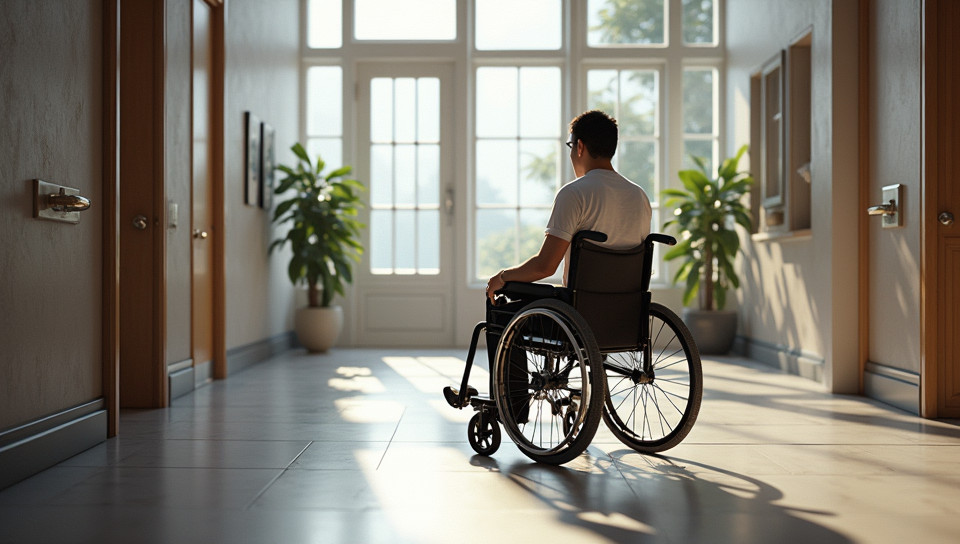Inaccessible design causes difficulties for the disabled 31%

Inaccessible Design: The Invisible Barrier to Inclusion
Imagine navigating through a bustling city, eager to explore its hidden gems and attractions. Sounds simple? Not for millions of people living with disabilities who face significant barriers in accessing public spaces due to inaccessible design. Every day, individuals with mobility impairments struggle to navigate streets without curb cuts, ramps, or elevators. Similarly, those with visual impairments find it difficult to access information due to poor signage and lack of Braille text.
The Reality of Inaccessible Design
Inaccessible design is a pervasive issue that affects people's daily lives, education, employment, and overall well-being. It's not just about physical barriers; it also includes digital and communication obstacles that hinder equal participation. Here are some examples of inaccessible design:
- Unintuitive website navigation
- Lack of closed captions on videos
- Insufficient color contrast between text and background
- No audio descriptions for visually impaired users
- Inaccessible public transportation systems
The Impact on Daily Life
Inaccessible design has far-reaching consequences, from limiting social interactions to exacerbating feelings of isolation. For instance:
- Individuals with mobility impairments often rely on caregivers or assistants to access public spaces.
- Those with visual impairments may rely on assistive technology or guides to navigate daily activities.
- Inadequate signage and communication systems can lead to confusion and frustration.
The Business Case for Accessibility
Inaccessible design not only affects individuals but also has economic implications. Companies that prioritize accessibility experience numerous benefits, including:
- Increased customer loyalty and retention
- Enhanced brand reputation and social responsibility
- Access to a wider market and revenue streams
- Compliance with disability laws and regulations
Creating Inclusive Design Solutions
To overcome inaccessible design, we must adopt inclusive design principles that consider diverse user needs. This involves:
- Conducting user research and testing with people with disabilities
- Incorporating accessibility guidelines and standards into design processes
- Providing alternative formats for information and communication
- Regularly reviewing and improving digital and physical infrastructure
Conclusion
Inaccessible design is a pressing issue that demands attention from policymakers, businesses, and designers. By recognizing the barriers faced by individuals with disabilities and prioritizing inclusive design solutions, we can create more equitable and accessible environments for everyone. It's time to break down these invisible barriers and ensure equal participation in society. Only through collective action can we build a world where accessibility is not just a buzzword but a fundamental right.
- Created by: Jakub Mazur
- Created at: Jan. 9, 2025, 2:09 p.m.
- ID: 17587






